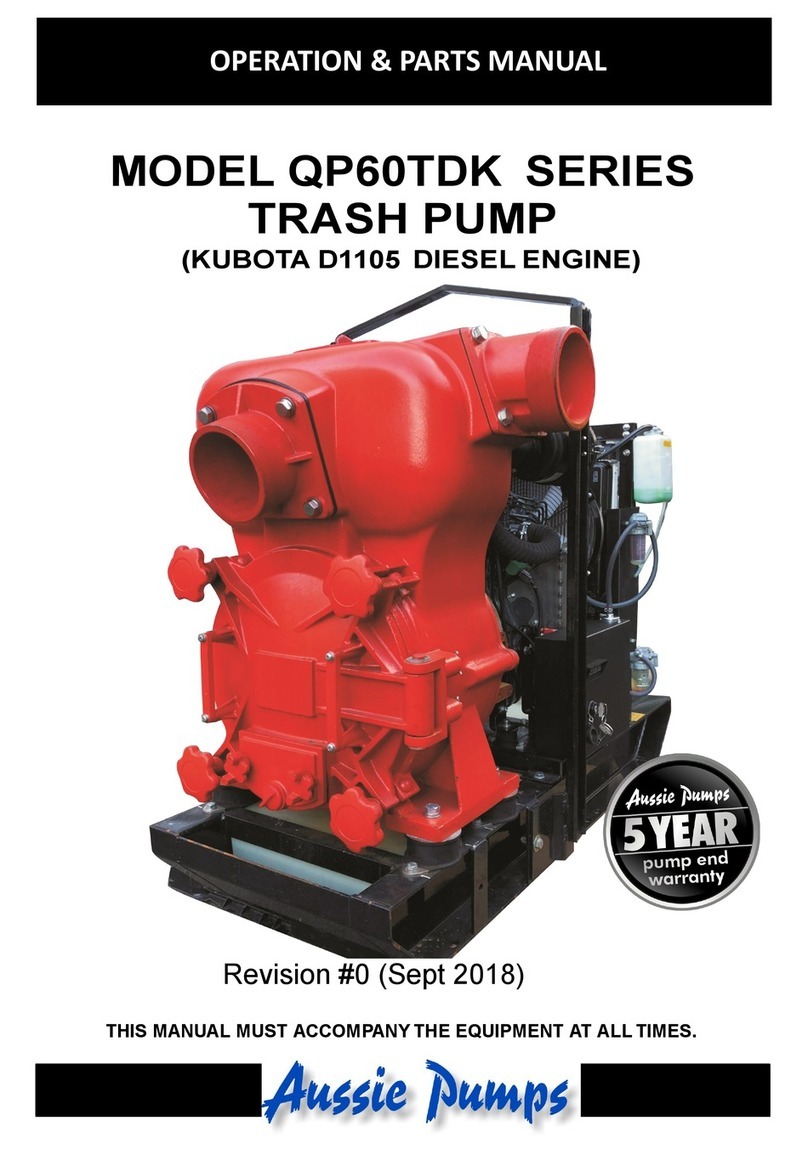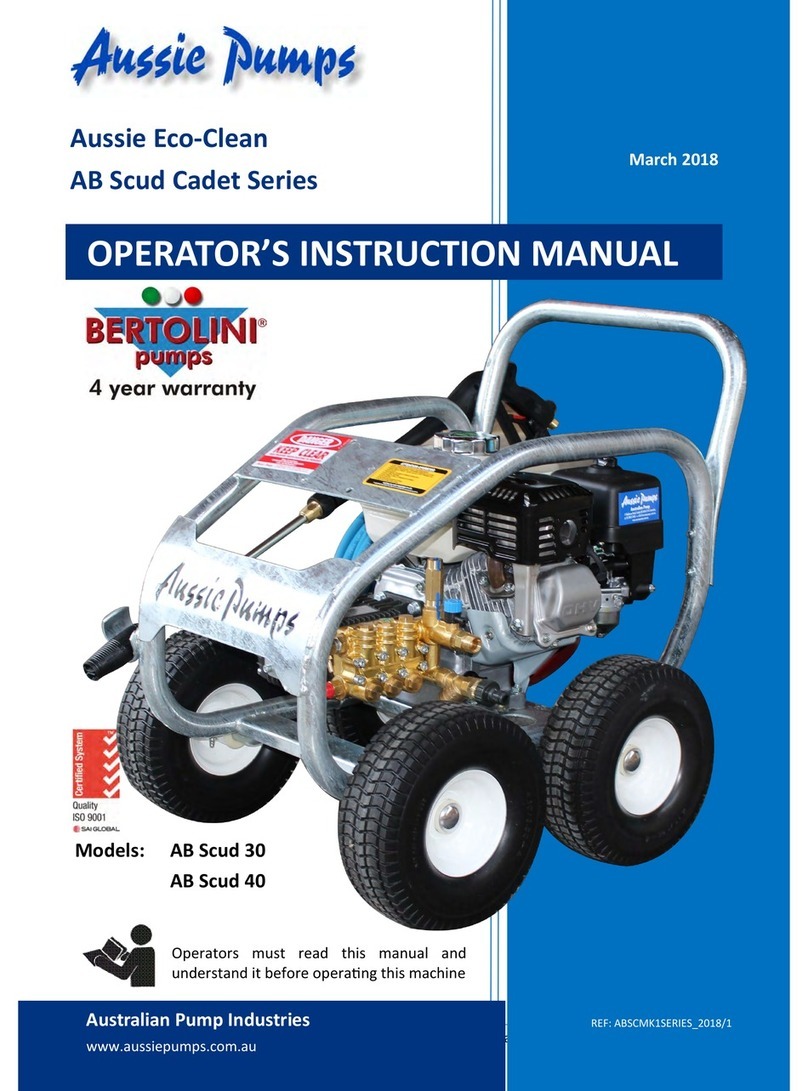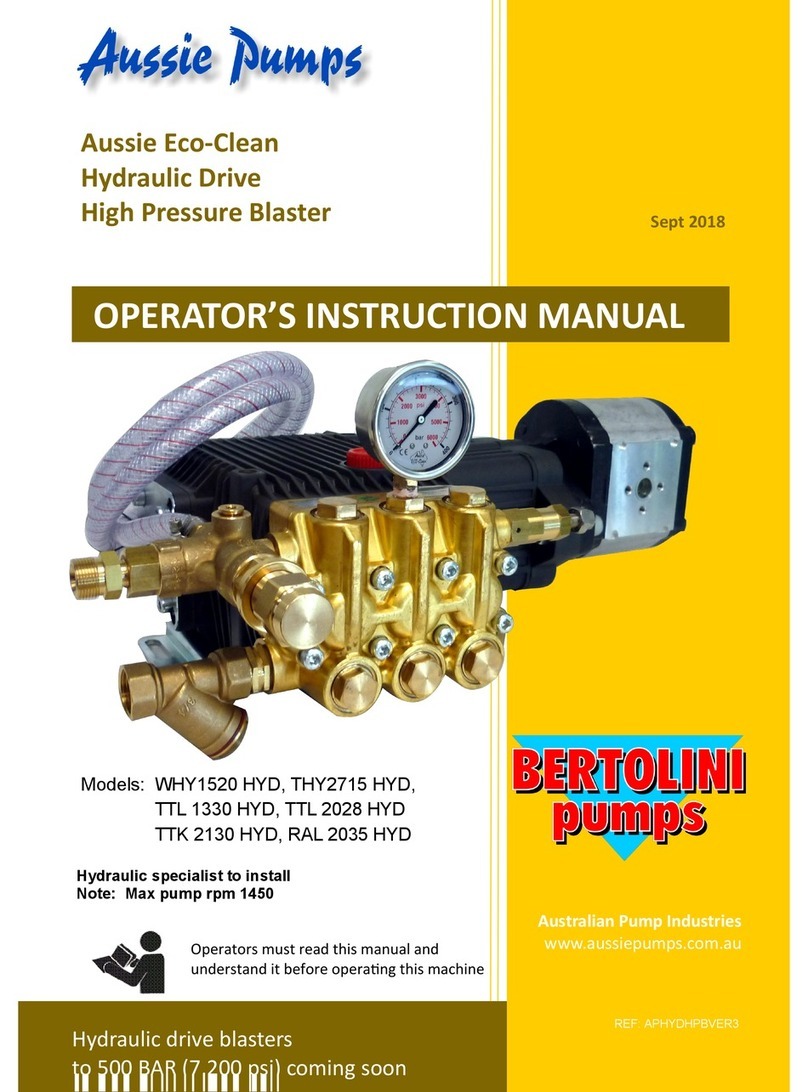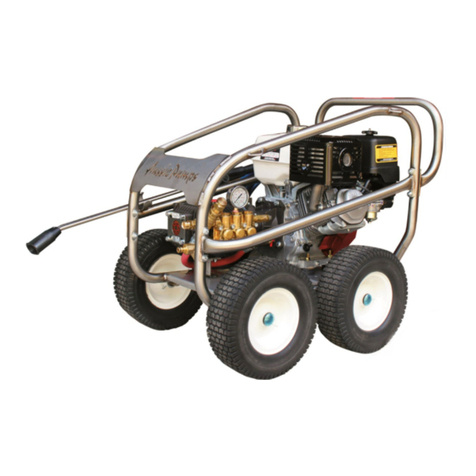Aussie Pumps QP User manual








Table of contents
Other Aussie Pumps Water Pump manuals
Popular Water Pump manuals by other brands
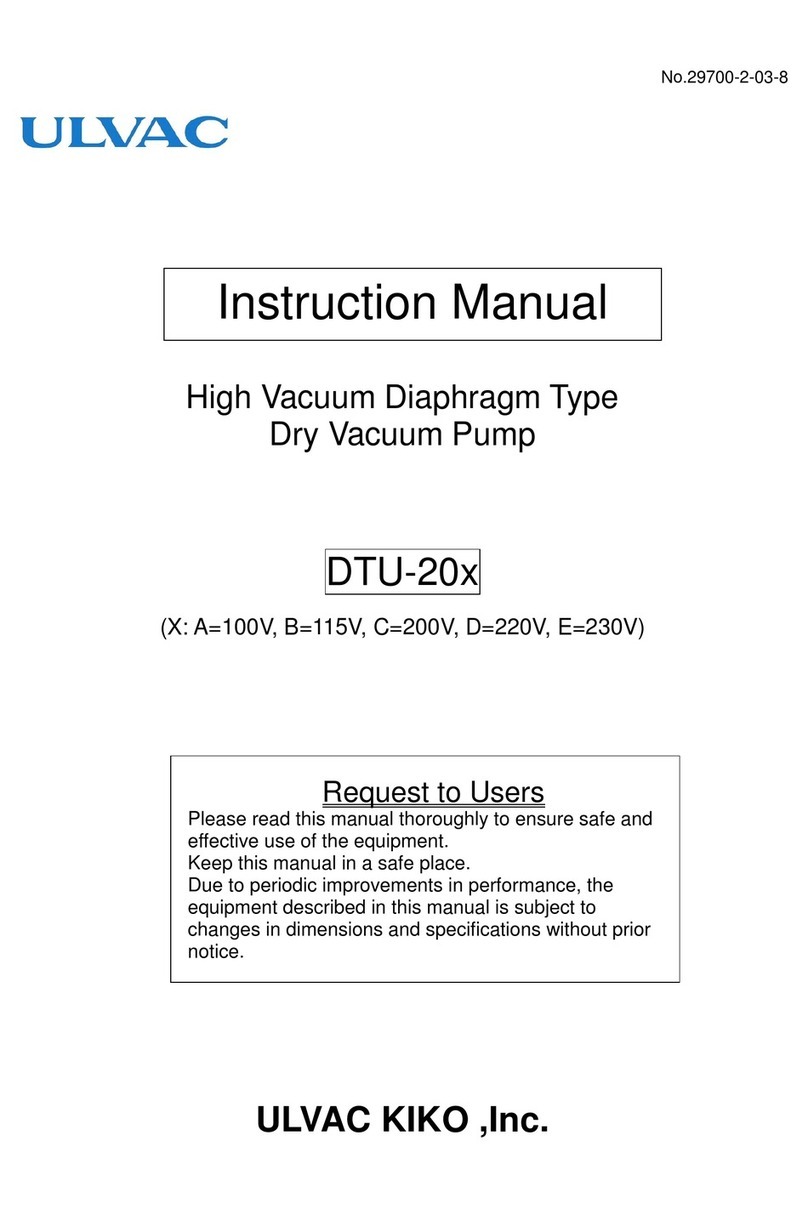
Ulvac
Ulvac DTU-20 Series instruction manual
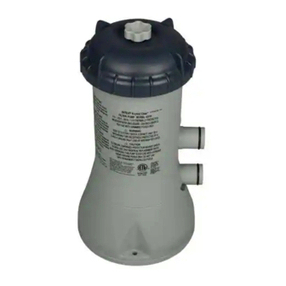
Intex
Intex Krystal Clear 604 owner's manual
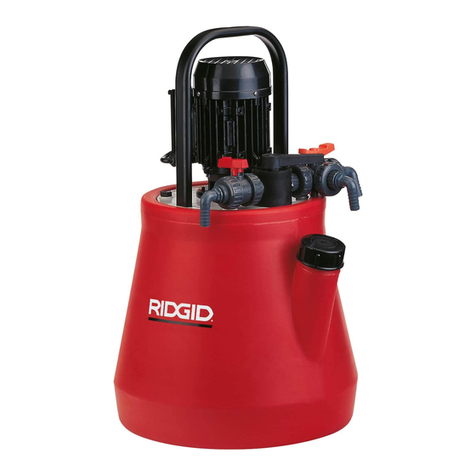
RIDGID
RIDGID DP-24 operating instructions
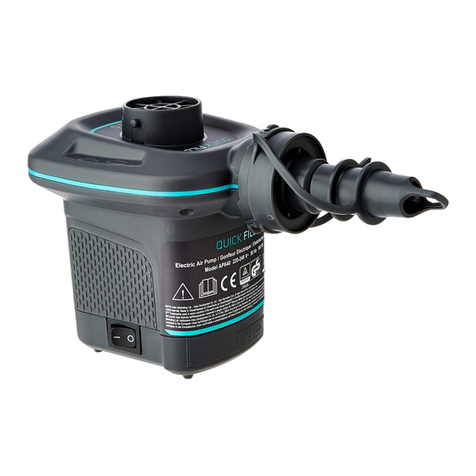
Intex
Intex Quick-Fill AP640 owner's manual
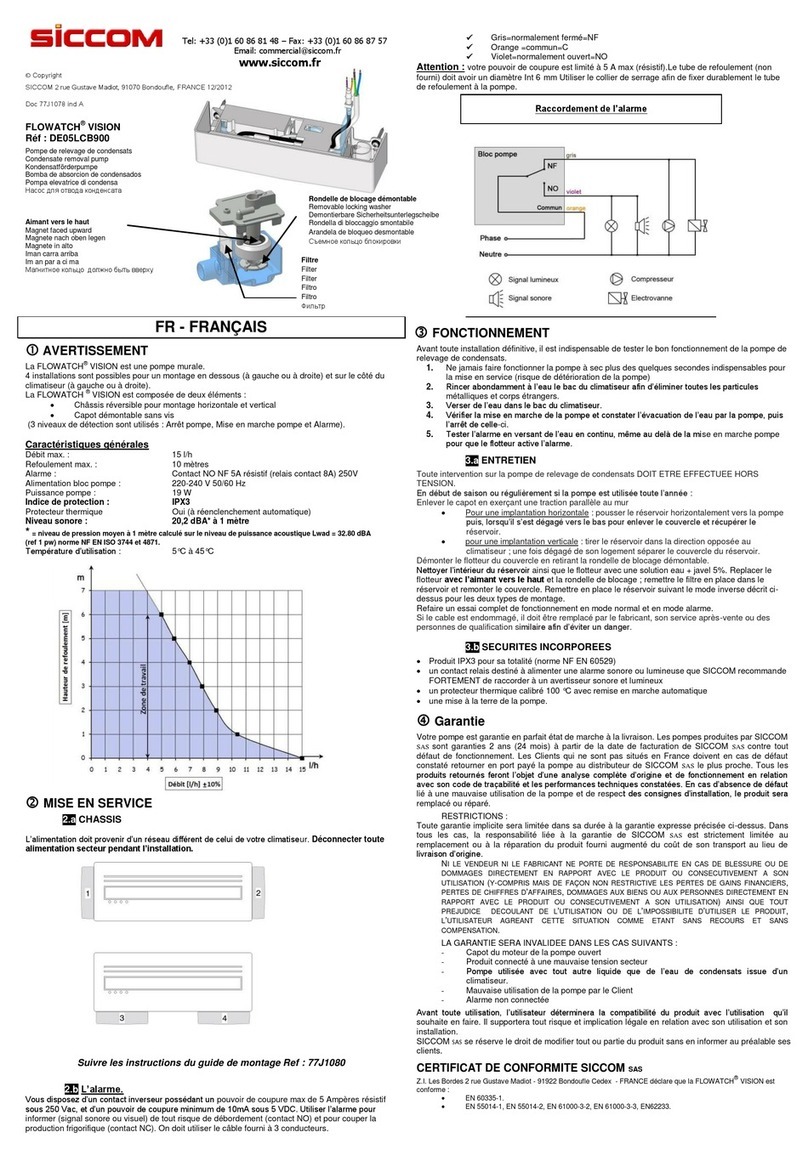
Siccom
Siccom FLOWATCH VISION manual
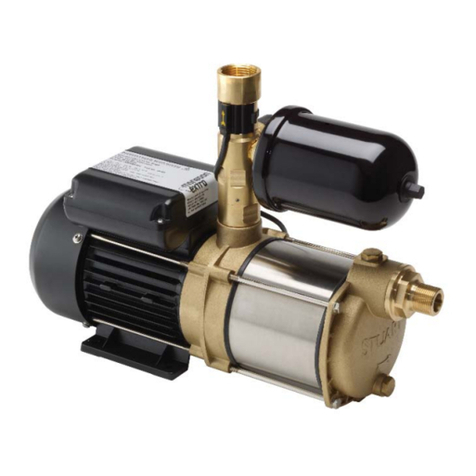
Stuart Turner
Stuart Turner Monsoon Extra U1.4 bar Installation, operation & maintenance instructions
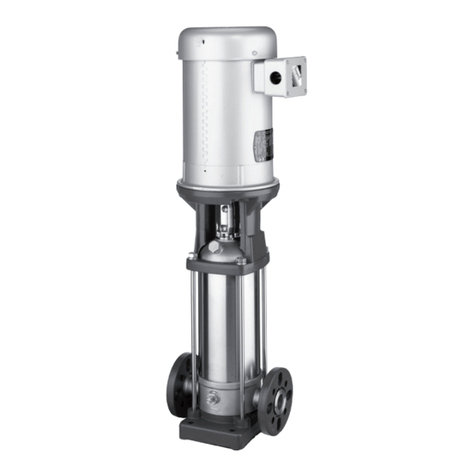
Pentair
Pentair Berkeley BVMI1 Installation, Operation & Parts Manual
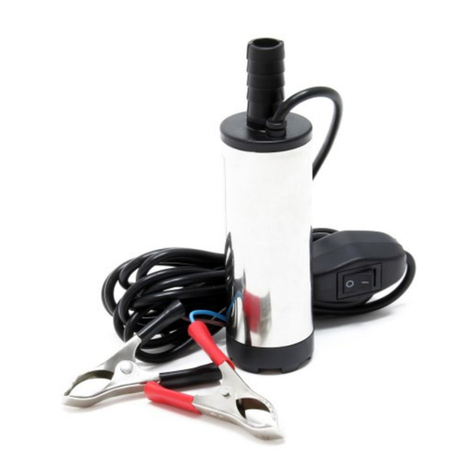
XPOtool
XPOtool 62543 Operation manual
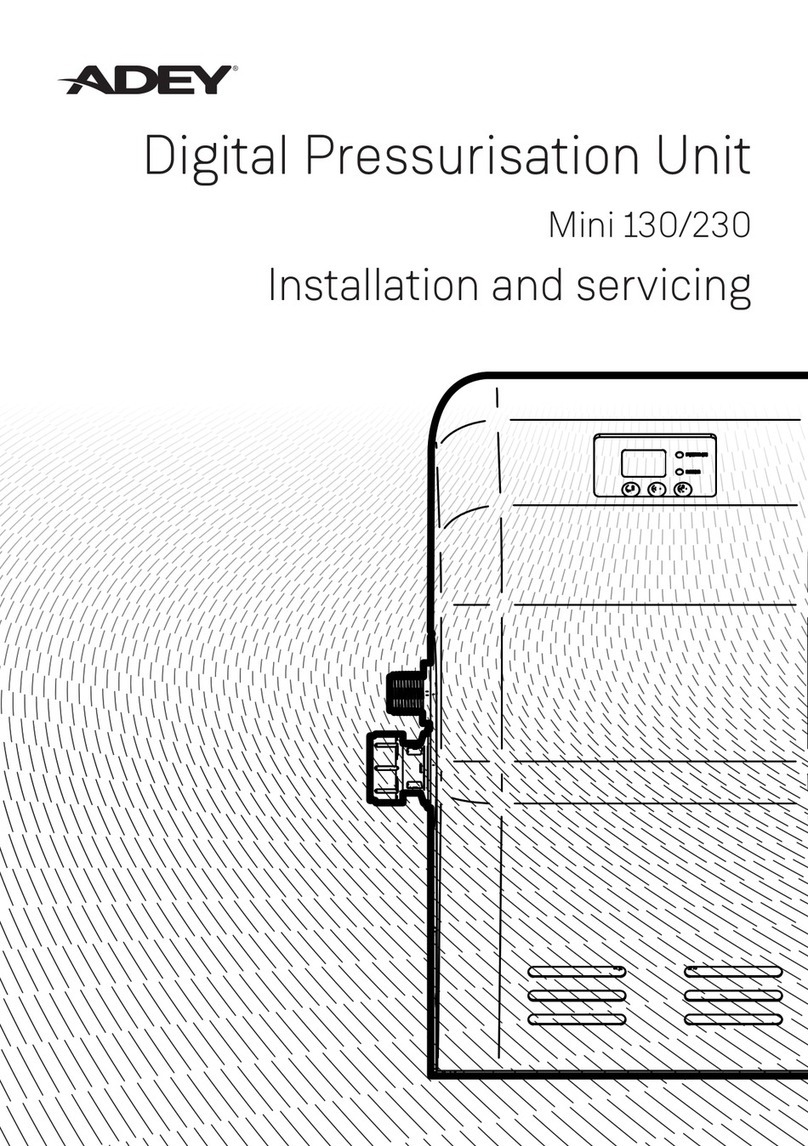
Adey
Adey Mini 130 Installation and servicing
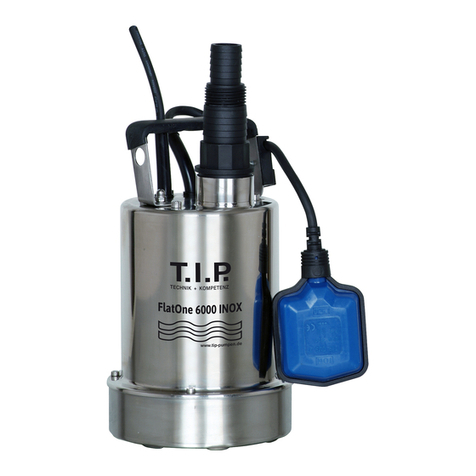
T.I.P.
T.I.P. FlatOne 6000 INOX Translation of original operating instructions

Tuthill
Tuthill GlobalGear GG250 maintenance
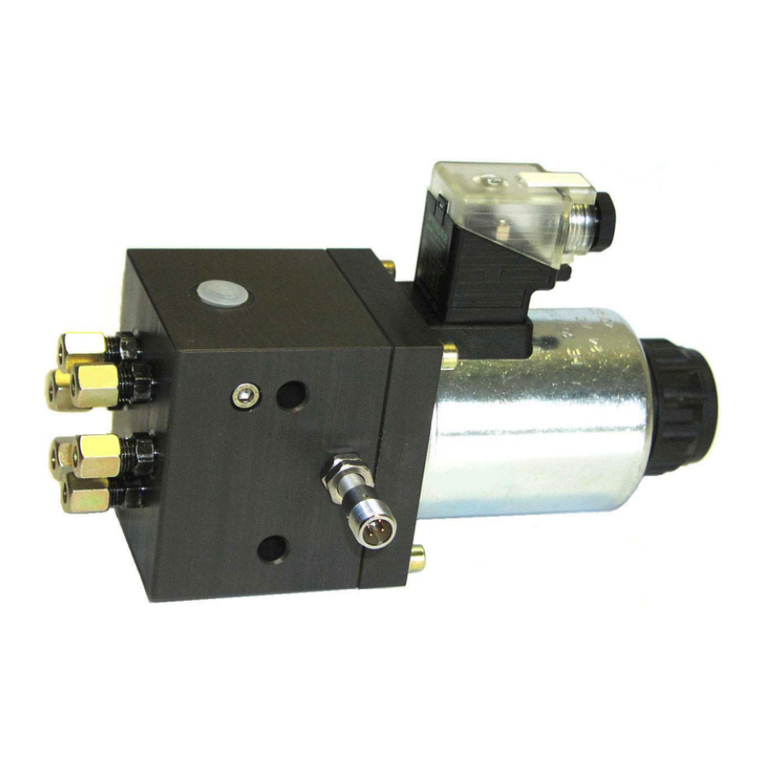
Lincoln
Lincoln PMA - 2 user manual

Blue Angel
Blue Angel 400GT Operating instructions and replacement parts list
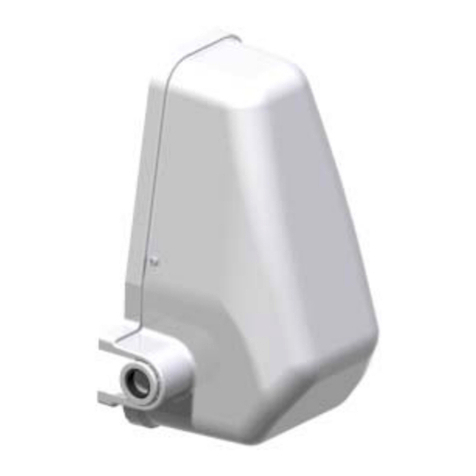
Stuart Turner
Stuart Turner Wasteflo Installation & maintenance instructions

Fuelworks
Fuelworks 17530572 instruction manual

HNP Mikrosysteme
HNP Mikrosysteme mzr-7208 operating manual
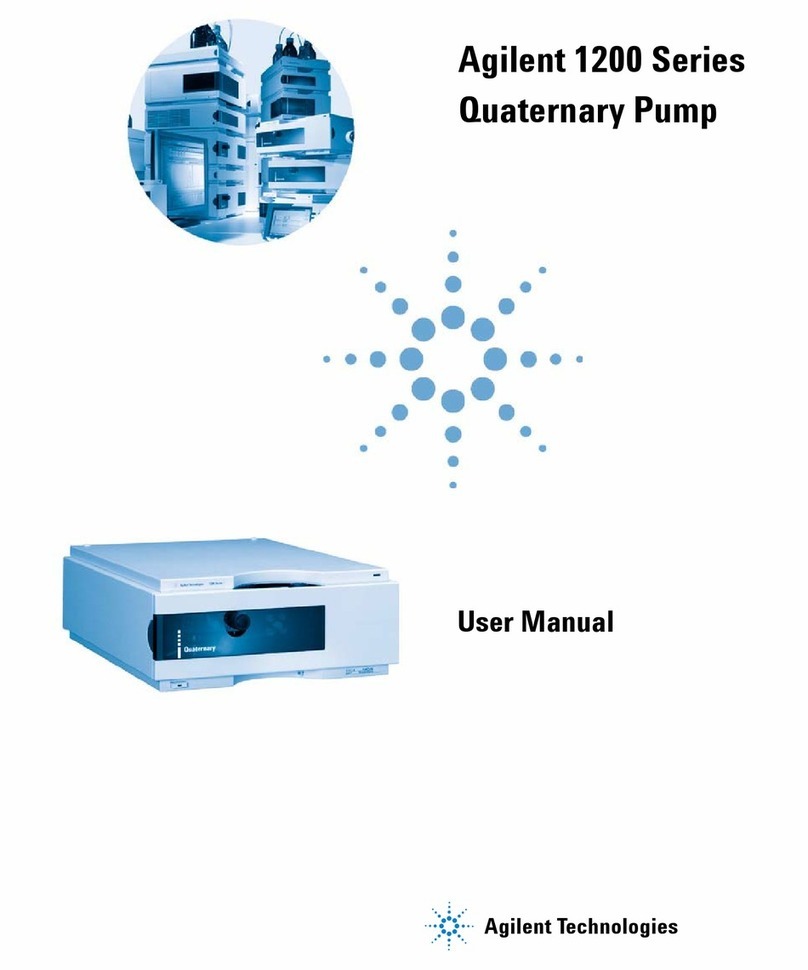
Agilent Technologies
Agilent Technologies 1200 series manual
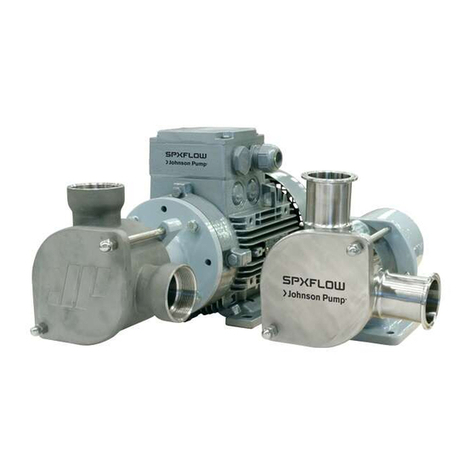
SPX
SPX FIP - series instruction manual
